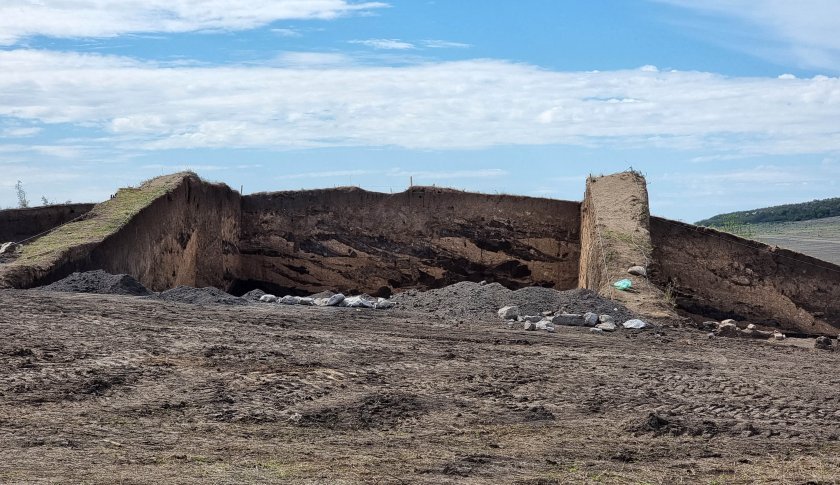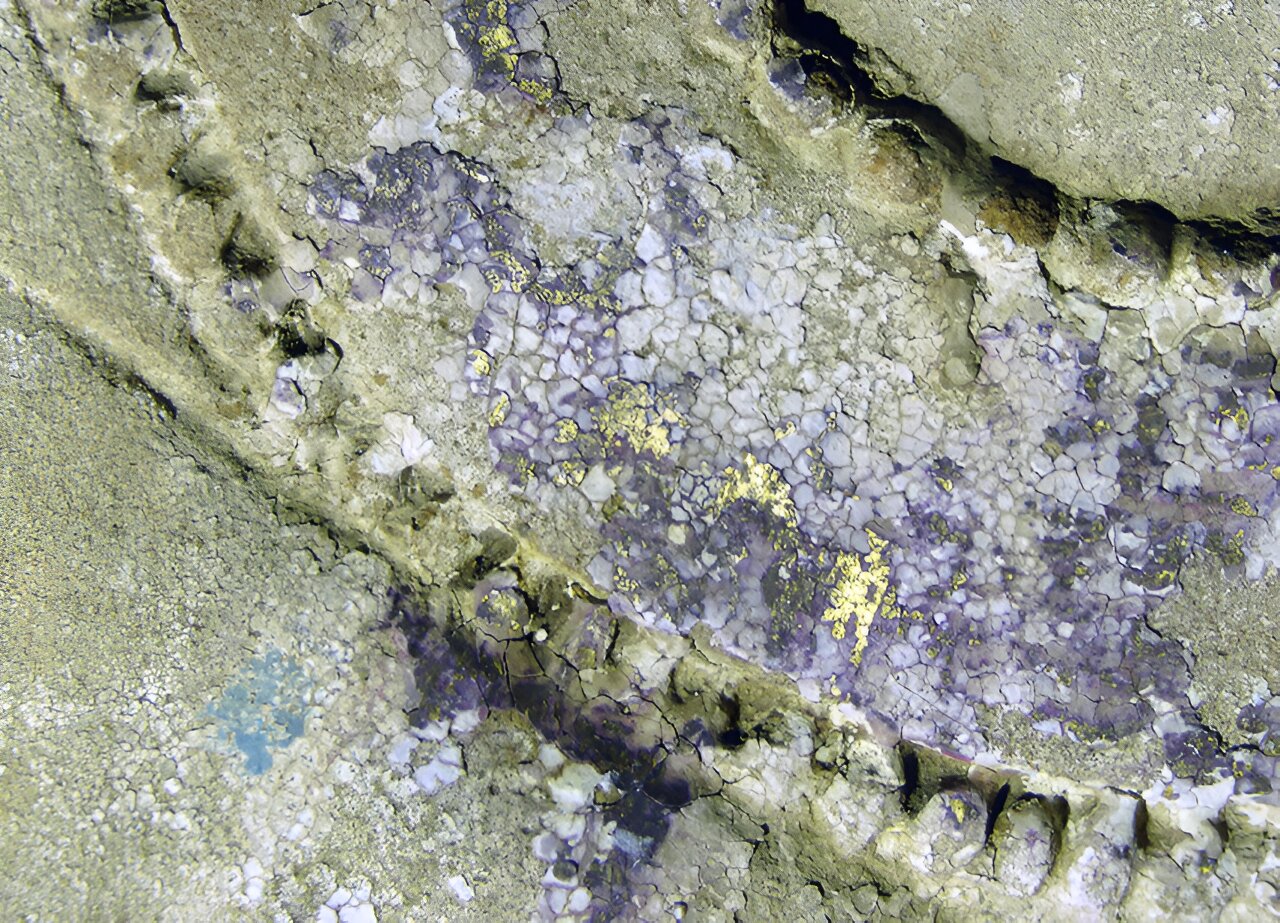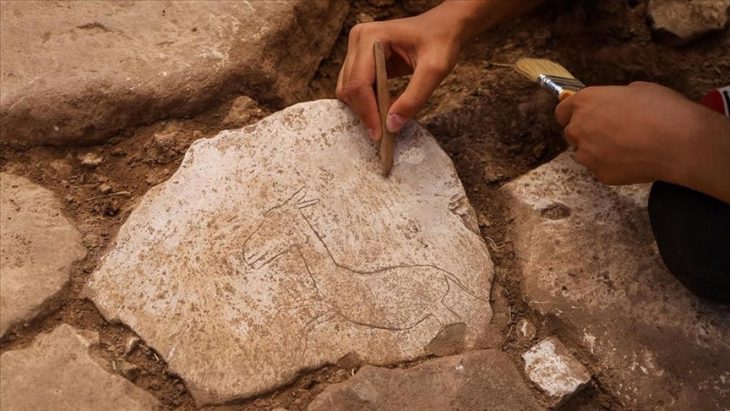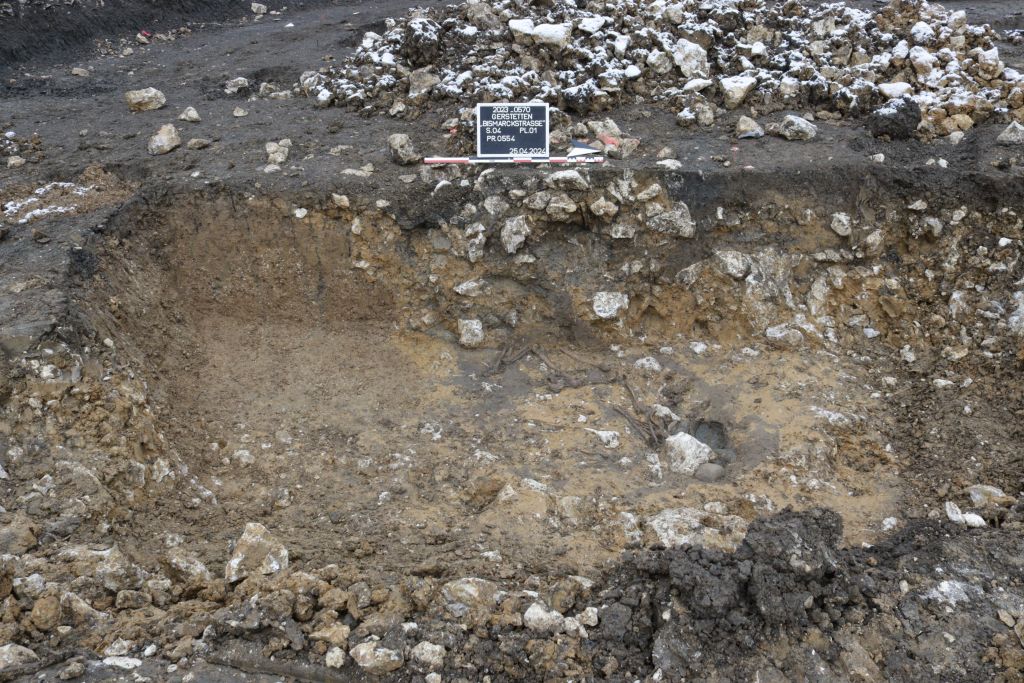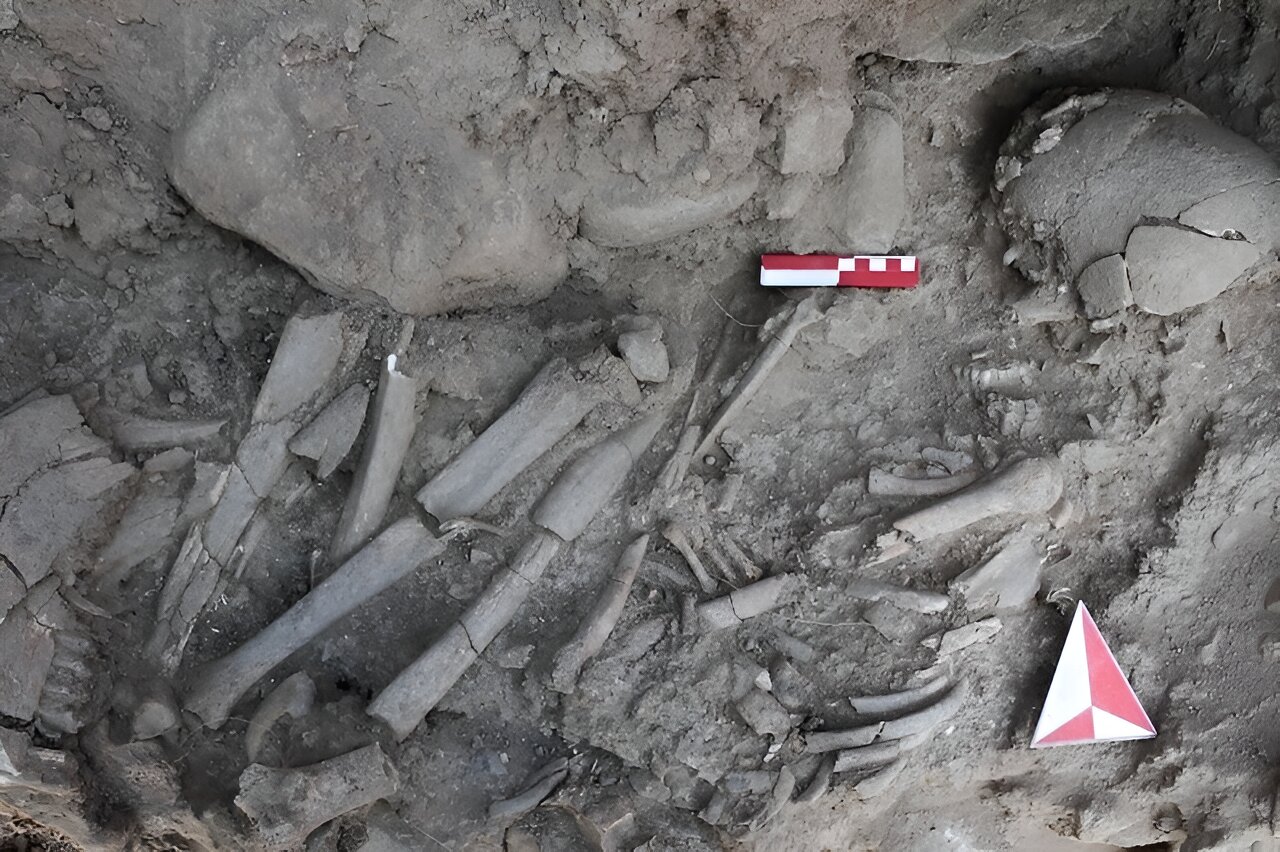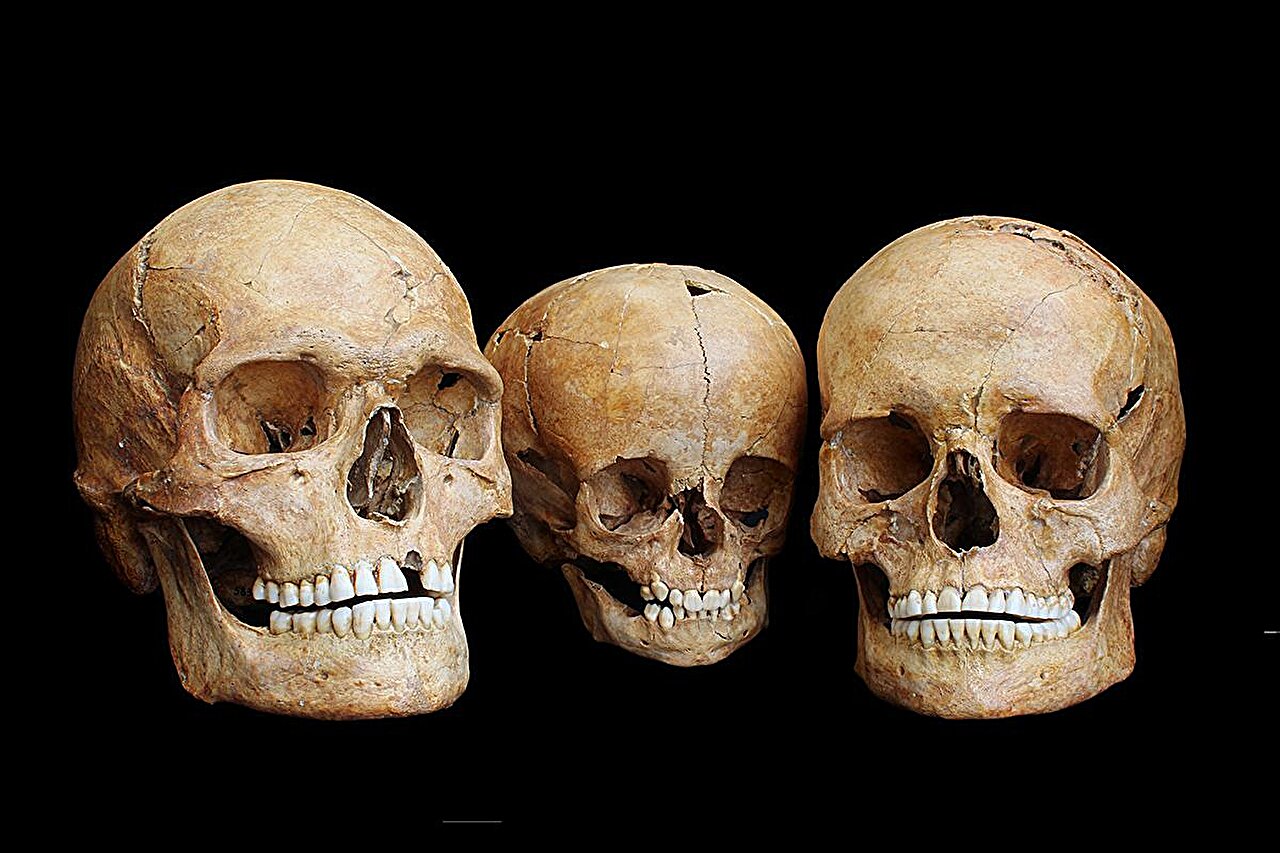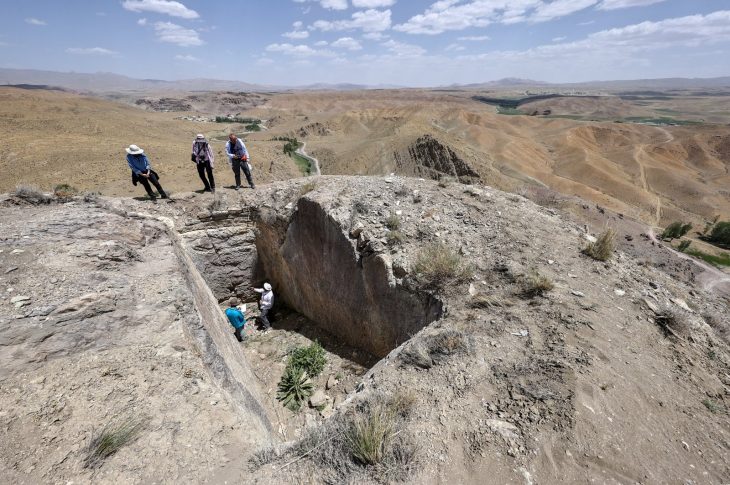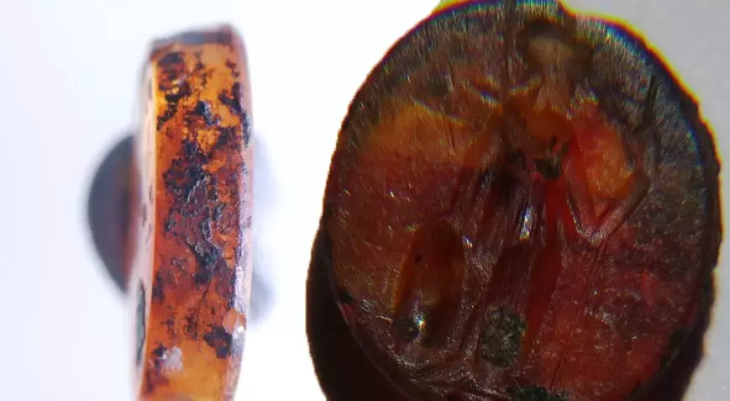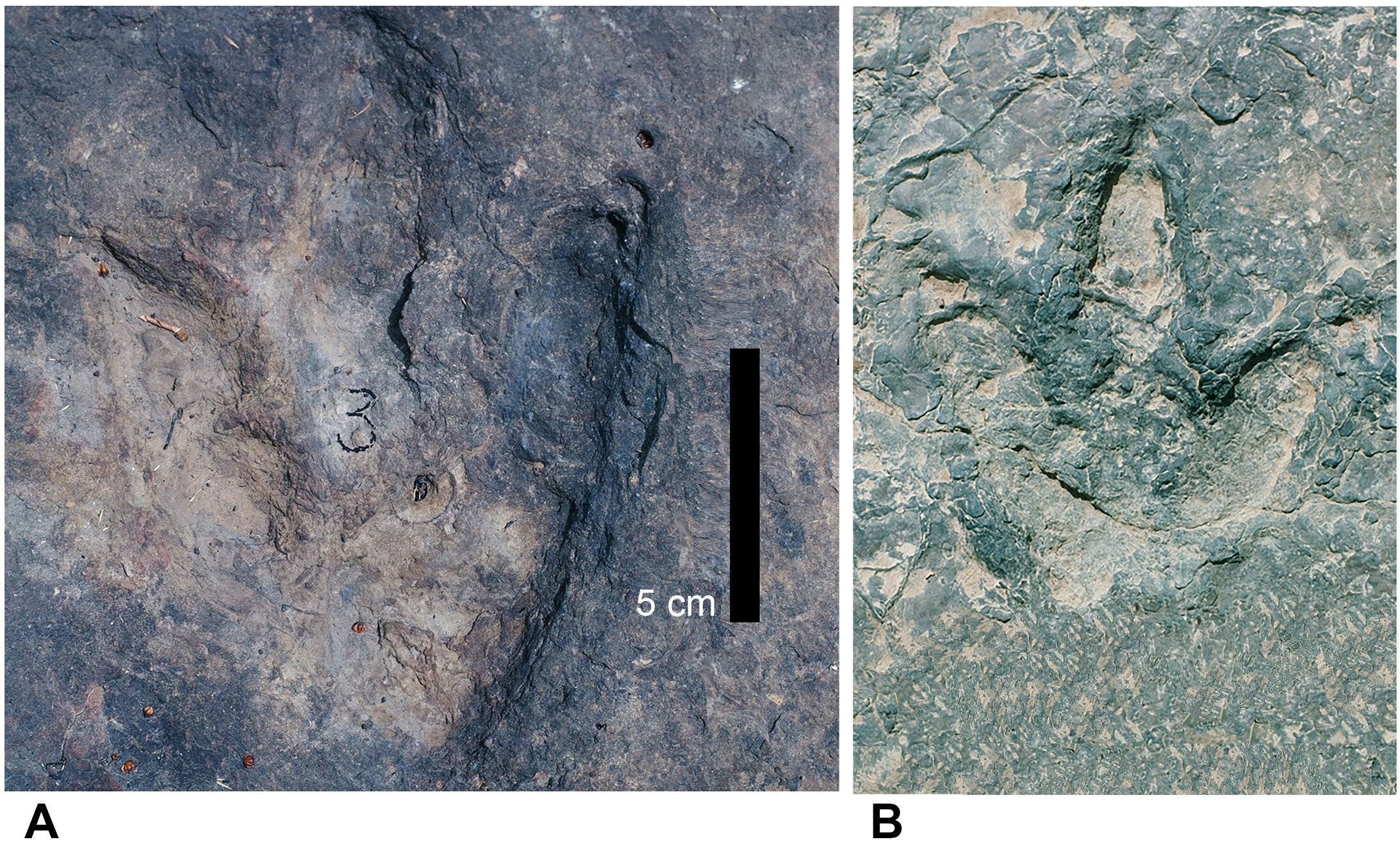Roman Chariot Discovered in Bulgarian Necropolis
Archaeologists have made a significant discovery during excavations at a necropolis in northeastern Bulgaria, uncovering a Roman chariot between the towns of Provadia and Vetrino. This marks the first time such a find has been made in the Varna district, bringing new insights into Roman burial practices in the region. Dr. Vladimir Slavchev, an archaeologist … Read more
